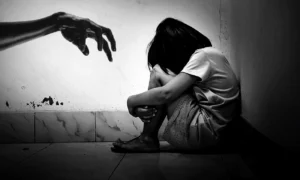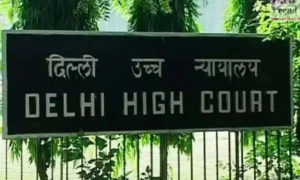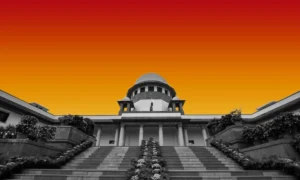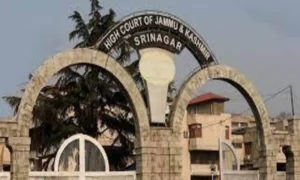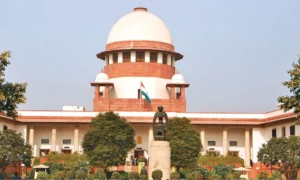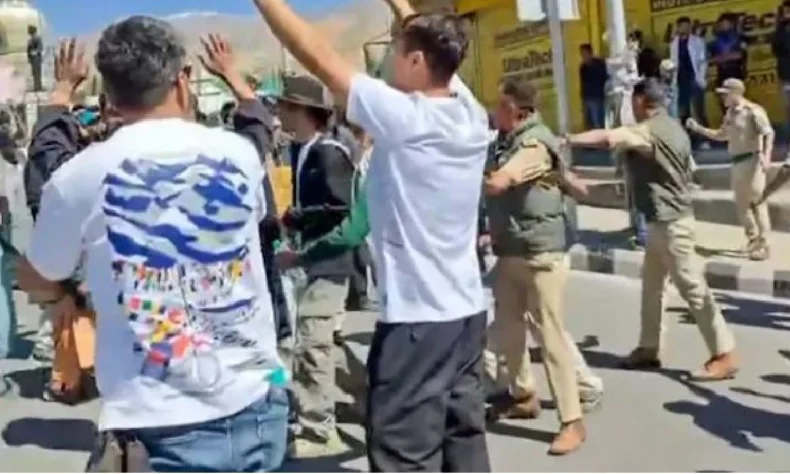
By Vickram Kilpady
For nearly four years, a quiet protest had been the public face of Ladakh’s anxiety: candlelight vigils, marches and polite petitions demanding statehood and the protections of the Constitution’s Sixth Schedule to guard land and livelihood. On September 24, that long peace was shattered in Leh—four protesters were shot dead and more than 50 injured in clashes with security forces, a sudden and brutal punctuation to a protest movement that elders and activists insist had been resolutely non-violent.
The immediate trigger was a tense, deteriorating week. Sonam Wangchuk—the engineer-innovator, who once earned praise for low-cost educational interventions and who is widely said to have inspired the character in the film 3 Idiots—and a small band of protesters began a hunger strike on September 10 that organisers said they would continue for 35 days to force New Delhi to act. By September 23, two of the hunger strikers were hospitalised; worried supporters converged at Martyrs’ Park in Leh to press the demand for urgent talks.
What began as a gathering of supporters escalated quickly. Hundreds marched to the offices of the Ladakh Autonomous Hill Development Council and to the UT’s civil secretariat. Eyewitnesses and media accounts say that tensions rose after a protester was struck in the head outside the Council building. A section of the procession then tore down and burned the local BJP office’s flag and set fire to a police van and, later, to a portion of the secretariat. Reports say many in the crowd did not target the national tricolour.
Security personnel—police and paramilitary CRPF units—moved in to clear the area. Witnesses quoted in reports said forces deployed automatic rifles, pellet guns, teargas and stun-grenade launchers; some said personnel fired directly at crowds both inside and outside Martyrs’ Park. By the day’s end, four people were dead and dozens wounded. The hunger strikers, who had tried to dissuade the march, had begun to leave the park as the situation worsened.
The aftermath was a scramble of accusation and counter-accusation. Social-media users blamed a local councillor; Wangchuk denied the charge and said the councillor had been trying to help injured constituents. The Ministry of Home Affairs—through its PIB X handle—blamed Wangchuk’s “provocative” rhetoric, accusing him of encouraging Arab Spring-style agitation and of making inappropriate references to Gen Z protests in Nepal. The MHA also said the government had been engaging with Ladakhi groups through a High-Powered Committee (HPC) on statehood and Sixth Schedule issues and, it claimed, had increased reservations for Ladakhi Scheduled Tribes from 45 percent to 84 percent.
Within days the state moved administratively as well: the Students’ Educational and Cultural Movement of Ladakh—Wangchuk’s NGO—had its FCRA licence revoked, the MHA saying funds had been used “against national interest” to study sovereignty. Wangchuk’s family counters that the funds were used to teach food security and sustainable agriculture in an arid region—practical work on crop cultivation for volunteers. Two days after the violence, on September 26, Wangchuk was detained and subsequently booked under the National Security Act (NSA) and transported to a jail in Jodhpur.
For many Ladakhis, the grievances that fuelled the protest reach back to August 2019, when the Modi government revoked Article 370 and bifurcated the former state of Jammu and Kashmir into two Union Territories—Jammu and Kashmir, and Ladakh. The move removed institutional safeguards that many Ladakhis say had protected local rights to land and resources when the region enjoyed statehood. As a Union Territory, the administration in New Delhi now retains sweeping control over land-use decisions and large infrastructure or resource projects—many of them in renewables, like proposed solar and geothermal developments, including plans for a 13-gigawatt hybrid renewable energy park. Locals fear projects driven by outside industry will strip them of authority and the benefits of development unless formal protections are written into law.
That demand has converged on a single constitutional remedy: Sixth Schedule protections, which currently cover tribal districts in Assam, Meghalaya, Mizoram and Tripura and afford district councils control over land and certain revenues, while insulating tribal homelands from unwanted industrial incursions. Politicians on the Opposition benches, including Rahul Gandhi, urged the centre to extend Sixth Schedule protections to Ladakh if that is what the people demand. The centre, however, has not taken a final public decision.
Legal anger follows the arrests. The NSA—created in 1980 with MISA (the Emergency-era Maintenance of Internal Security Act) as its forebear—permits preventive detention without the immediate filing of criminal charges and allows authorities to move detainees across the country. The statute requires that authorities inform a detainee of the grounds of detention within five days (extendable to 15), allow the detainee to make a representation to the government, and provide for review by an advisory board of High Court judges. Critics note the law’s troubling features: the advisory board may consider sealed material and detainees cannot appoint an advocate to represent them before the board; the government may also withhold facts citing public interest. Human-rights groups have long warned the NSA can be misused to silence dissent; past publicised detentions under the law include cases linked to anti-CAA protests and high-profile activists.
In Ladakh the immediate political fallout has been sharp. The Leh Apex Body and the Kargil Democratic Alliance—key interlocutors with the centre—have withdrawn from HPC talks until charges against Wangchuk and others are dropped. Wangchuk’s wife Gitanjali has moved the Supreme Court against his detention. On the ground, curfews have been intermittently imposed and relaxed, and towns remain on edge.
Outside observers and critics have been quick to draw narratives. Some argue Wangchuk’s high-profile activism invited confrontation; others say the government’s swift use of administrative tools—FCRA revocation and preventive detention—has been calculated to blunt a legitimate regional demand. For former soldiers, students and villagers who took part in the movement, the protest was an act of civic duty; for many in Delhi’s power corridors, it became a law-and-order problem.
Whatever the interpretation, the events of September 24 mark a hard turning point. What began as a measured, years-long appeal for constitutional safeguards has been reframed—by fire, by bullets and by law—into a national controversy about dissent, development and the limits of state power. For Ladakhis who once greeted tourists to a tranquil plateau, the conversation is no longer only about roads or energy parks: it is about who will decide the future of their land.
📰 Crime Today News is proudly sponsored by DRYFRUIT & CO – A Brand by eFabby Global LLC
Design & Developed by Yes Mom Hosting

